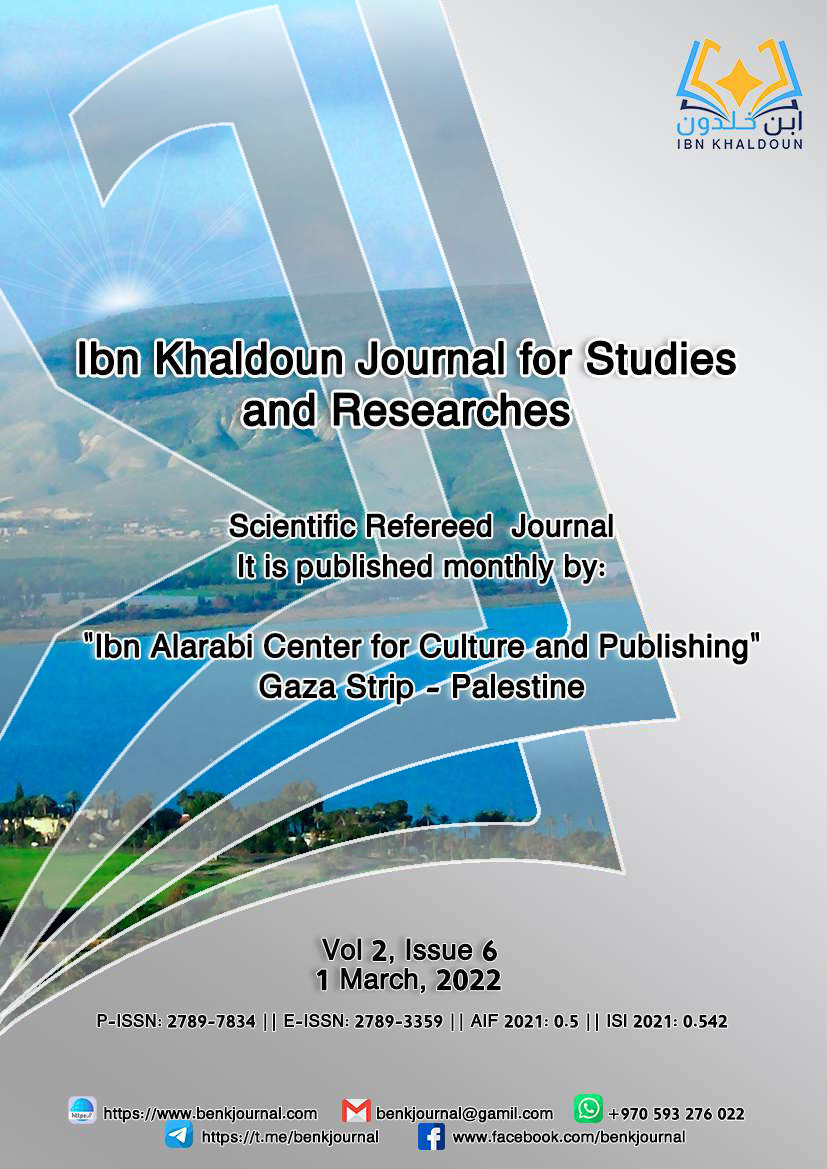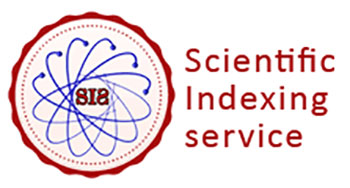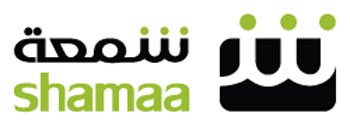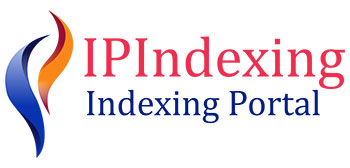الابتكار التعليمي في التدريس في الجامعات
DOI:
https://doi.org/10.56989/benkj.v2i6.366الكلمات المفتاحية:
علم اصول التدريس، اصول التدريس، الابتكار، التدريس الجامعي، طرق التدريس الحديثة، طرق التدريسالملخص
يعد الابتكار التعليمي أمرًا بالغ الأهمية في القرن الحادي والعشرين، ويجب أن يكون الهدف الأساسي للنظام التعليمي لكل جامعة او صف دراسي او مؤسسة تعليمية. إن الأساتذة مسؤولون عن إعداد الطلاب لمواجهة التحديات الجديدة لذلك فأن طرق التدريس المبتكرة أصبحت مهمة للحفاظ على حماس الطلبة. ويسلط البحث الضوء على الابتكار التعليمي في الجامعات ويقدم مراجعة لأشكاله وميزاته ومنهاجياته وأهميته في القرن الحادي والعشرين. لقد وُجِد أن أنواع الابتكارات التعليمية مصنفة اجتماعياً وتقنياَ. بالإضافة لذلك، تؤكد الورقة أن طرق التدريس المبتكرة لا تُقيِم جميع الطلبة بنفس مستوى الفهم وانما وفقًا لقدراتهم ومهاراتهم المختلفة.
المقاييس
المراجع
Béchard, J-P. (2000). Apprendre à enseigner au supérieur: l’exemple des innovateurs pédagogiques. Cahier de recherche OIPG2000-001, Septembre.
Béchard, J-P. (2001), L’enseignement supérieur et les innovations pédagogiques: une recension des écrits, Revue des Sciences de l’Éducation, XXVII (2), 257-281.
Béchard, J-P. et Pelletier, P. (2001). Développement des innovations pédagogiques en milieu universitaire: cas d’apprentissage organisationnel. Dans Nouveaux espaces de développement professionnel et organisationnel, 131-149. Sherbrooke: É Hannan, A and Silver, H. (2000). Innovating in Higher Education: teaching, learning, and institutional culture. Buckgham: Society for Research into Higher Education and the Open University Press.
Becher, T. and Kogan, M. (1980). Process and Structure in Higher Education. London: Heinemann.
Bédard, D. & Béchard, J-P. (2009). Innover dans l’enseignement supérieur. Paris: PUF.
Boden, K. (2019) Pedagogical Innovation among University Faculty. Creative Education, 10, 848-861. https: //2u.pw/Oujug
Bok, D. (2008). Our Underachieving Colleges: A Candid Look at How Much Students Learn and Why They Should Be Learning More. Princeton, NJ: Princeton University Press. https: //doi.org/10.2307/j.ctvcm4jc0
Breslow, L. (2010). Wrestling with Pedagogical Change: The TEAL Initiative at MIT. Change, 42, 23-29. https: //2u.pw/v3R7l
Charlier, B. & Peraya, D. (2003). Nouveaux dispositifs de formation pour l'enseignement supérieur, allier technologie et innovation. Bruxelles: De Boeck.
Clark, B.R. (1983). The Higher Education System: Academic Organization in Cross-National Perspective. Berkeley: University of California Press.
Cros, F. & Adamczewski, G. (1996). L'innovation en éducation et en formation. Bruxelles: De Boeck.
Cros, F. (2001). L’innovation scolaire (Enseignants et Chercheurs – Synthèse et mise en débat). Paris: INRP.
Cros, F. (2002-2). L’innovation en éducation aurait-elle un avenir? In certainties and paradoxes of innovation. Paris: INRP, 221-229.
Cros, F. (2007). L’agir innovationnel: entre créativité et formation. Bruxelles: De Boeck.
Furst-Bowe, J. A., & Bauer, R. A. (2007). Application of the Baldrige Model for Innovation in Higher Education. New Directions for Higher Education, 137, 5-14. https: //doi.org/10.1002/he.242
Huberman, A. M. (1973). Comment s'opèrent les changements en éducation: contribution à l'étude de l'innovation, Série: Expériences et innovations en éducation, 2 - Nations Unies pour l’éducation, la science et la culture, Paris: Unesco. dition du CRP.
Istance, David. (2019, January 23 ). Approaches to pedagogical innovation and why they matter. Education Plus Development. https: //2u.pw/qzMbj
Kezar, A. J. (2009). Change in Higher Education: Not Enough, or Too Much. Change: The Magazine of Higher Learning, 41, 18-23. https: //2u.pw/HYHjc
Kontoghiorghes, C., Awbrey, S. M., & Feurig, P. L. (2005). Examining the Relationship between Learning Organization Characteristics and Change Adaptation, Innovation, and Organizational Performance. Human Resource Development Quarterly, 16, 185-211. https: //2u.pw/XwJPm
Kuhn, T.S. (1962). The Structure of Scientific Revolutions. Chicago: Chicago University Press.
Prediger, S. (2004). Intercultural Perspectives on Mathematics Learning – Developing a Theoretical Framework. International Journal of Science AMD Mathematics Education, 2 (3), 377-406.
Richards, E. M. (2004). Diffusion of Innovations (5th ed.). New York, NY: Free Press.
St-Pierre, L. (2008). Rôles et actes pédagogiques dans un contexte innovant: comment les enseignantes et les enseignants se centrent-ils sur l’apprentissage ? Pédagogie Collégiale, 22 (1), Automne.
Walder, Anne .(2014). The Concept of Pedagogical Innovation in Higher Education. Education Journal. Vol. 3, No. 3, 2014, pp. 195-202. doi: 10.11648/j.edu.20140303.22
Walder, Anne. (2014). Pedagogical Innovation: Between Social Reality and Technology. British Journal of Arts and Social Sciences. 18. 2046-9578.
Walder, Anne. (2015). A Theoretical Model for Pedagogical Innovation: A Tripartite Construction of Pedagogical Innovation Focusing on Reasons for and Means of Innovating. Journal of Studies in Social Sciences. 12. 180-197.
White, S. C., & Glickman, T. S. (2007). Innovation in Higher Education: Implications for the Future. New Directions for Higher Education, 137, 97-105. https: //2u.pw/TQ5bI
Zemsky, R. (2009). Making Reform Work: The Case for Transforming American Higher Education. New Brunswick, NJ: Rutgers University Press.
Zhang, J. (2010). Technology-Supported Learning Innovation in Cultural Contexts. Educational Technology Research and Developme9nt, 58, 229-243. https: //2u.pw/funfo
Mehta, Sujata . “Modern Teaching Methods – It’s Time For The Change. Eduvoice.” https: //2u.pw/NnXhB (accessed on February 18, 2022).

































